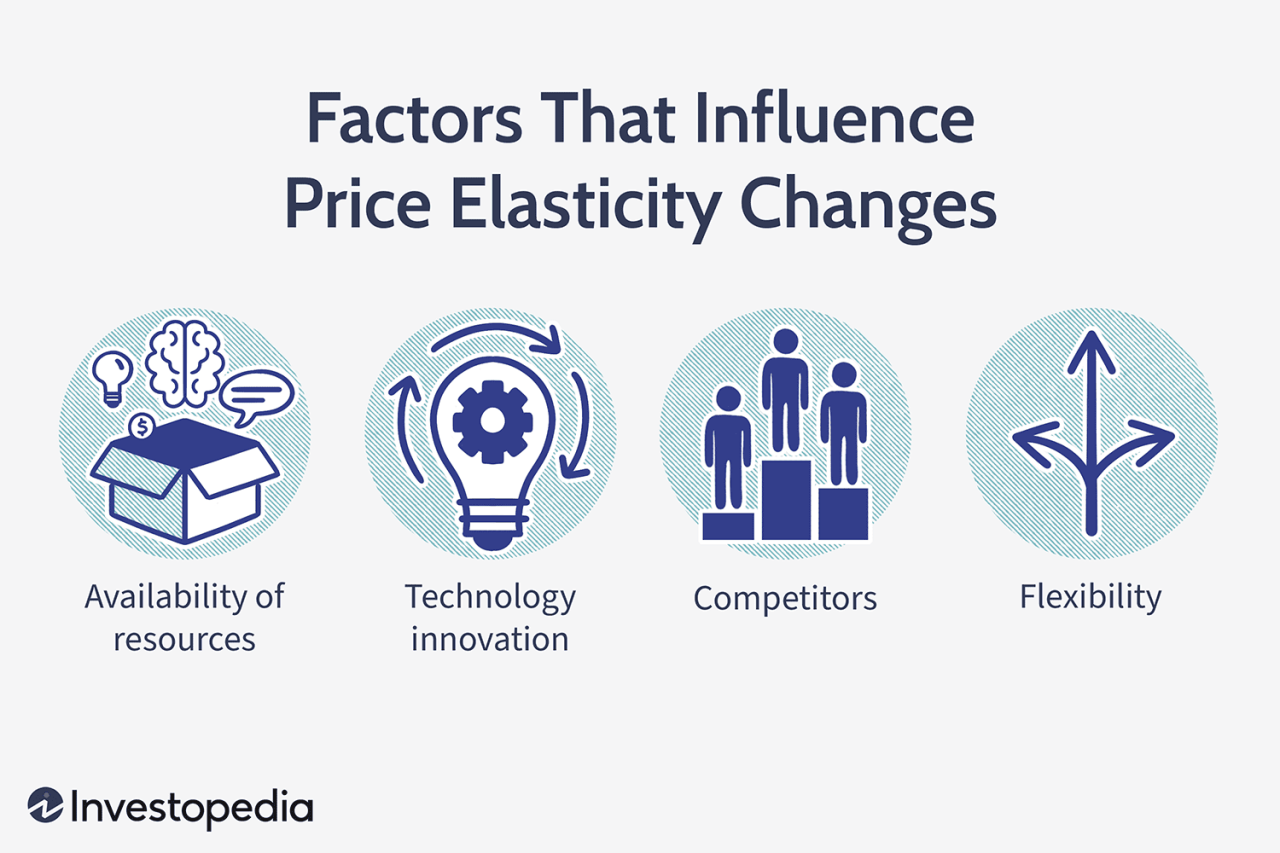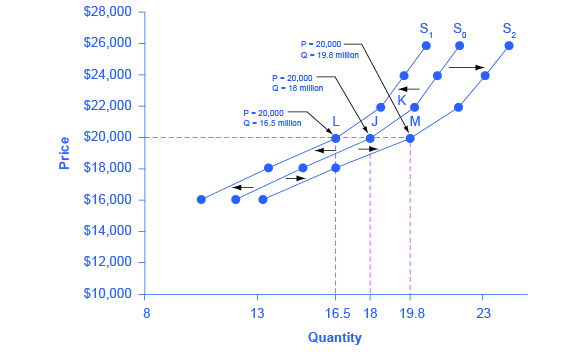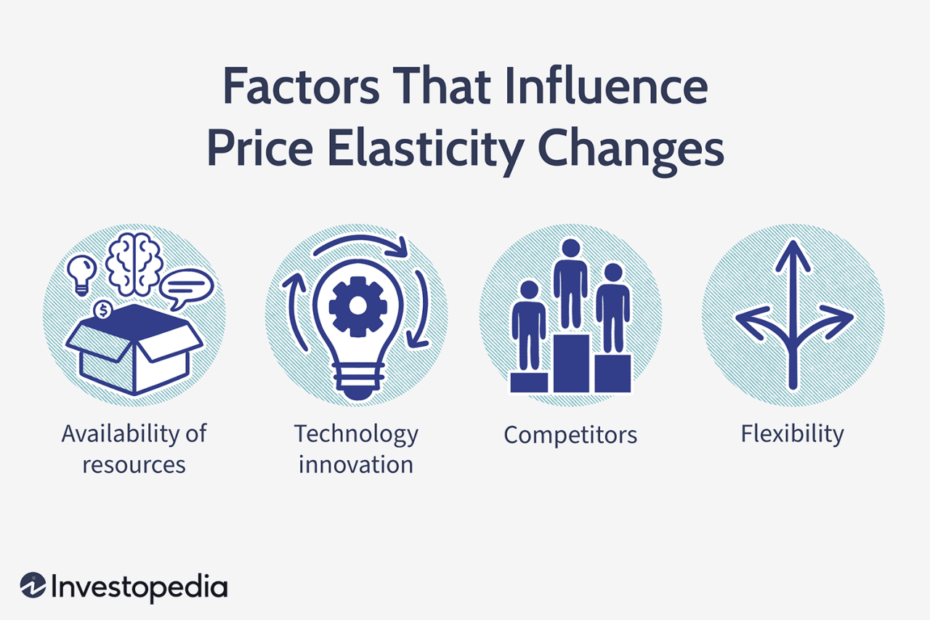What Are The Factors That Cause A Change In Supply?
The 5 Supply Shift Factors | Change In Supply Vs Change In Quantity Supplied | Think Econ
Keywords searched by users: What are the factors that cause a change in supply holding the nonprice determinants of supply constant, a change in price would, An increase in supply is represented by a, Increase or decrease in supply means, Change in supply, Which statement would not cause the supply curve to shift, A decrease in supply is represented by a, Factors affecting supply, if the price for labor is lower, the quantity supply curve will shift
What Are 3 Of 5 Factors That Cause A Change In Supply?
The factors influencing the supply of a product are multifaceted and involve several key variables that collectively determine how much of a good or service is available in the market. Three out of the five primary factors that can lead to changes in supply are price, cost of production, and technology, while also considering government policies and transportation conditions.
a. Price: Price is a pivotal factor in supply dynamics, as it represents the amount consumers are willing to pay for a particular product or service. When prices rise, suppliers often increase their production to take advantage of higher profits, leading to an expansion of supply. Conversely, if prices drop, suppliers may reduce production, causing a contraction in supply.
b. Cost of Production: The cost of producing goods or services significantly affects supply. When production costs are low, suppliers can offer more products at competitive prices, resulting in an increase in supply. Conversely, if production costs rise due to factors like labor or raw material expenses, suppliers may cut back on production, leading to a decrease in supply.
c. Technology: Technological advancements play a vital role in shaping supply. Innovations can streamline production processes, reduce costs, and increase efficiency. As technology improves, suppliers can often produce more with the same resources, leading to an expansion in supply.
While these three factors are crucial in understanding changes in supply, it’s essential to also consider the impact of government policies and transportation conditions. Government policies, such as taxes, subsidies, or regulations, can directly influence supply by either encouraging or discouraging production. Additionally, transportation conditions, which encompass factors like infrastructure and logistics, can affect the ease and cost of distributing goods, thereby influencing supply levels.
By examining these five factors comprehensively, we can gain a more nuanced understanding of how supply dynamics are shaped in various markets and industries.
What 7 Things Cause A Change In Supply?
“What are the key determinants of changes in supply? Understanding the factors that influence supply is crucial for comprehending the dynamics of the market. These factors encompass a range of elements, including the price of goods, the prices of related goods, the prevailing production conditions, future expectations within the market, input costs, the quantity of suppliers participating in the market, and the influence of government policies. By examining these seven fundamental factors, we can gain insights into how supply levels are affected and, ultimately, how markets respond to various economic conditions.”
What Are The 8 Factors That Can Cause A Change In Supply?
Understanding the determinants that can lead to shifts in supply is crucial in economics. There are eight key factors that can significantly impact the supply of a product. These factors include:
i. Price: The current market price of a product plays a fundamental role in determining how much of it suppliers are willing to produce and offer for sale. When prices rise, the supply tends to increase, and conversely, a price decrease often leads to a decrease in supply.
ii. Cost of Production: The expenses incurred in producing a product, including raw materials, labor, and overhead costs, heavily influence supply. Higher production costs can discourage suppliers from producing as much, leading to a reduced supply.
iii. Natural Conditions: Environmental factors such as weather, climate, and natural disasters can have a significant impact on the supply of certain goods. For example, adverse weather conditions can reduce agricultural yields, affecting the supply of crops.
iv. Technology: Advancements in technology can lead to increased efficiency and lower production costs. This can boost supply as producers can now create more products with the same resources.
v. Transport Conditions: The ease of transporting goods from producers to consumers is another vital factor. Improved transportation infrastructure can enhance supply by reducing logistical challenges and costs.
vi. Factor Prices and their Availability: The prices and availability of factors of production, such as labor and capital, can influence supply. A shortage of skilled labor, for instance, can limit a company’s ability to produce goods.
vii. Government’s Policies: Government policies and regulations, including taxes, subsidies, and trade restrictions, can either encourage or deter production. For instance, subsidies may incentivize producers to increase supply, while high taxes can have the opposite effect.
viii. Prices of Related Goods: The prices of complementary and substitute goods can also impact supply. An increase in the price of a substitute good may lead suppliers to shift their focus away from the original product, reducing its supply. Conversely, a decrease in the price of a complementary good can boost supply by increasing demand for the primary product.
In summary, these eight factors collectively influence the supply of goods and services in the market, making it essential for businesses and policymakers to monitor and adapt to these variables to meet consumer demands effectively.
Found 37 What are the factors that cause a change in supply


:max_bytes(150000):strip_icc()/change_in_supply.asp-final-aa4781c954564cb0a3afc0b3d79cf31d.png)


:max_bytes(150000):strip_icc()/WhyYouCantInfluenceGasPrices3-257334e47bc54cd7a449da9df90814af.png)
Categories: Aggregate 38 What Are The Factors That Cause A Change In Supply
See more here: c1.chewathai27.com

Supply shifters include (1) prices of factors of production, (2) returns from alternative activities, (3) technology, (4) seller expectations, (5) natural events, and (6) the number of sellers. When these other variables change, the all-other-things-unchanged conditions behind the original supply curve no longer hold.Factors affecting supply include price of goods, price of related goods, production conditions, future expectations, input costs, number of suppliers, and government policy.The four factors that can shift the supply curve include natural conditions, input prices, technology, and government.
- a. Price. Price can be understood as what the consumer is willing to pay to receive a good or service. …
- b. Cost of production. …
- c. Technology. …
- d. Governments’ policies. …
- e. Transportation condition.
- i. Price: …
- ii. Cost of Production: …
- iii. Natural Conditions: …
- iv. Technology: …
- v. Transport Conditions: …
- vi. Factor Prices and their Availability: …
- vii. Government’s Policies: …
- viii. Prices of Related Goods:
Learn more about the topic What are the factors that cause a change in supply.
- 3.2 Supply – Principles of Economics – Publishing Services
- 5 Factors That Affect Supply – abivin
- Supply in Economics | Definition, Concept & Factors – Study.com
- 8 Factors that Influence the Supply of a Product – Economics Discussion
- Factors Affecting Supply – Saylor Academy
- Factors affecting Supply – Economics Help
See more: https://c1.chewathai27.com/category/money-policy
